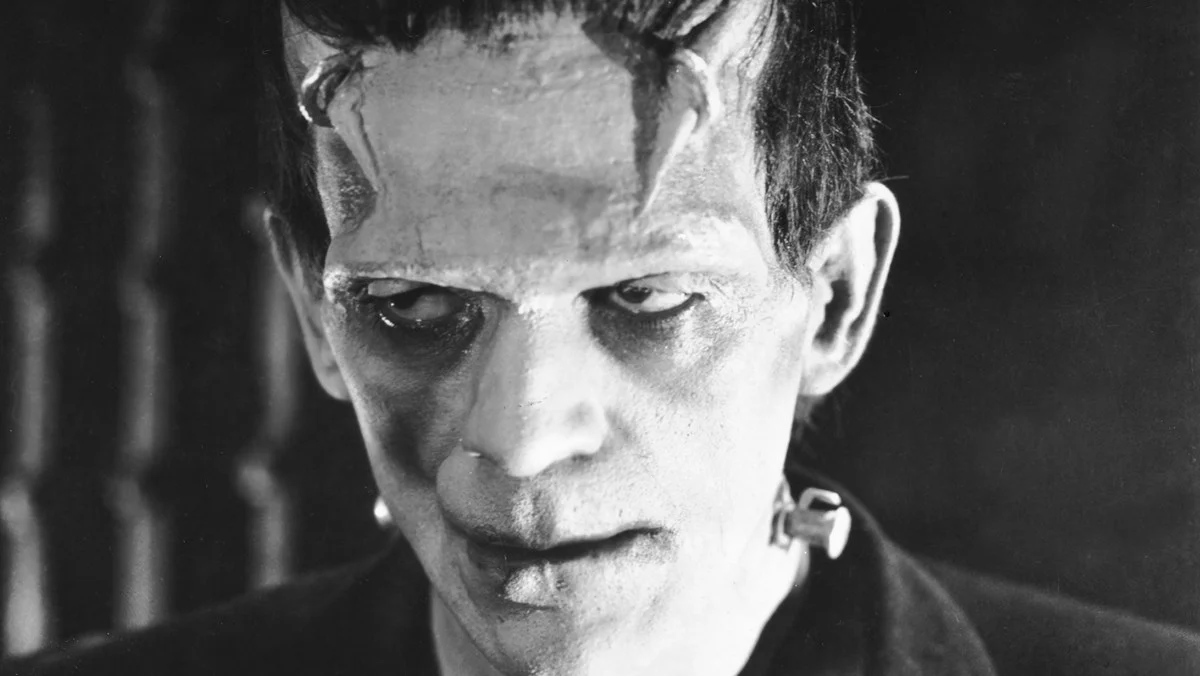
Mary Shelley: Her Life and Impact on Modern Horror
Mary Shelley was an English novelist, short story writer, and dramatist, best known for her Gothic novel Frankenstein: or, The Modern Prometheus, which was published in 1818. She was born in London in 1797 to two prominent figures in the literary and political worlds: her mother, Mary Wollstonecraft, was a feminist and writer, and her father, William Godwin, was a philosopher and novelist.
Shelley began writing at a young age and published her first novel, Frankenstein, at the age of 20. The novel tells the story of a young scientist, Victor Frankenstein, who creates a creature in an unorthodox scientific experiment. The creature, ultimately known as Frankenstein’s monster, is rejected by society and ultimately seeks revenge on his creator.
The novel was an immediate success and is considered to be one of the most famous works of literature in the English language. It is often considered to be the first science fiction novel and has had a significant impact on the genre. The novel reflects Shelley’s interest in science and technology, as well as her views on the dangers of unchecked ambition and the consequences of playing God.
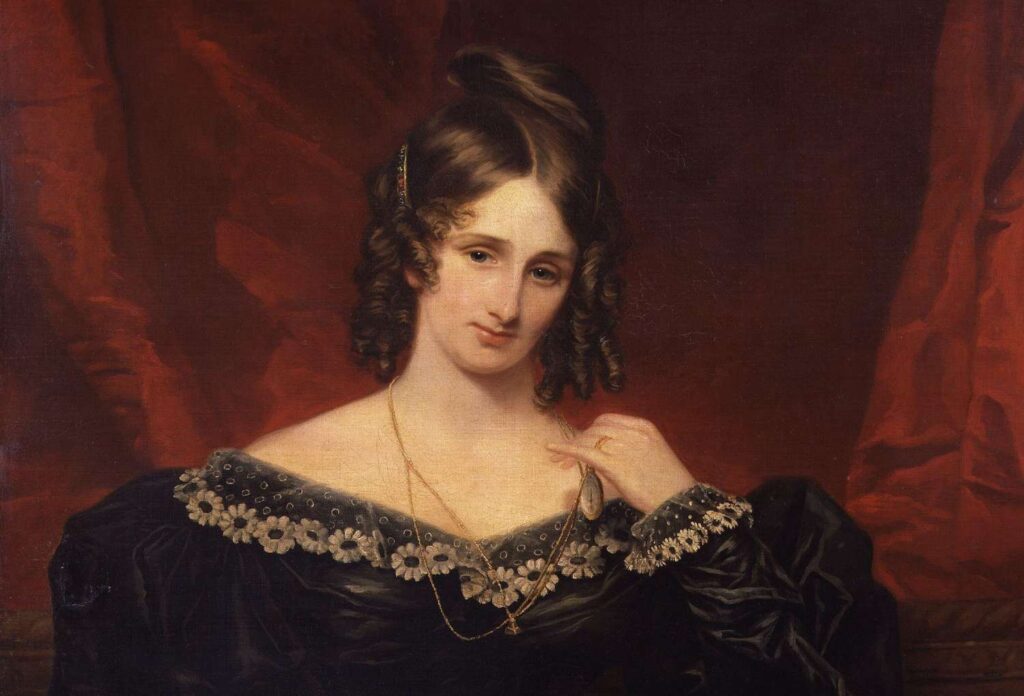
Shelley continued to write throughout her life, although her later work did not receive the same level of critical acclaim as Frankenstein. She also published several other novels, short stories, and essays, including The Last Man (1826), which is considered to be one of the first examples of post-apocalyptic fiction.
Shelley’s life was marked by personal tragedy, including the loss of several of her children and the death of her husband, the poet Percy Bysshe Shelley, in 1822. Despite these hardships, Shelley remained a prominent figure in literary circles and was friends with many famous writers and thinkers of her time, including Lord Byron and Samuel Taylor Coleridge.
Frankenstein
Frankenstein: or, The Modern Prometheus was first published in 1818. The novel tells the story of a young scientist, Victor Frankenstein, who becomes obsessed with the idea of creating life and ultimately succeeds in creating a creature from inanimate matter.
The creature, who is never given a name but is referred to as the “monster,” is initially innocent and kind-hearted but is rejected and shunned by society because of his grotesque appearance. As a result, the monster becomes bitter and vengeful, seeking revenge on his creator and all of humanity.
The novel explores themes of science, technology, and the consequences of playing God. It also delves into the nature of good and evil, as well as the importance of acceptance and compassion. Shelley’s novel is considered one of the first examples of science fiction and has had a significant impact on the genre. It is also considered a classic of English literature and continues to be widely read and studied today.
The novel is divided into three parts, the first tells the story of Victor Frankenstein, who is a young student of natural philosophy and chemistry, he becomes obsessed with the idea of creating life and ultimately succeeds in creating a creature from inanimate matter. The second part of the novel tells the story of the creature, which is rejected by society and ultimately seeks revenge on his creator. The finale of the novel tells the story of Victor’s attempt to destroy the creature and his eventual death.
Throughout the novel, Shelley uses the characters of Victor and the monster to explore the dangers of unchecked ambition and the consequences of playing God. The novel is also an exploration of the idea of the “other” and the rejection of those who are different. It also raises questions about the nature of good and evil, and the importance of acceptance and compassion.
The Impact on Modern Horror
Mary Shelley is considered an important figure for horror and science fiction writers for several reasons.
First, her novel Frankenstein is widely regarded as one of the first examples of science fiction in literature. The novel explores themes of science, technology, and the consequences of playing God, and its impact on the genre is still felt today. The story of Frankenstein’s monster, who is created through science and rejected by society, has become an enduring archetype in science fiction and horror.
Second, Shelley’s novel also explores themes of the “other” and the rejection of those who are different, which is a common theme in horror and science fiction. The novel raises questions about the nature of good and evil, and the importance of acceptance and compassion, which are also recurring themes in both genres.
Third, Shelley was also a woman writing in a time where women authors were not as well known or respected as their male counterparts, and her success and impact as an author helped pave the way for future female writers in the genres of horror and science fiction.
Lastly, Shelley’s life was marked by personal tragedy, which is evident in her writing, her novels contain a sense of melancholic and eerie atmosphere, which is often found in horror and gothic literature.
Shelley and Lord Byron
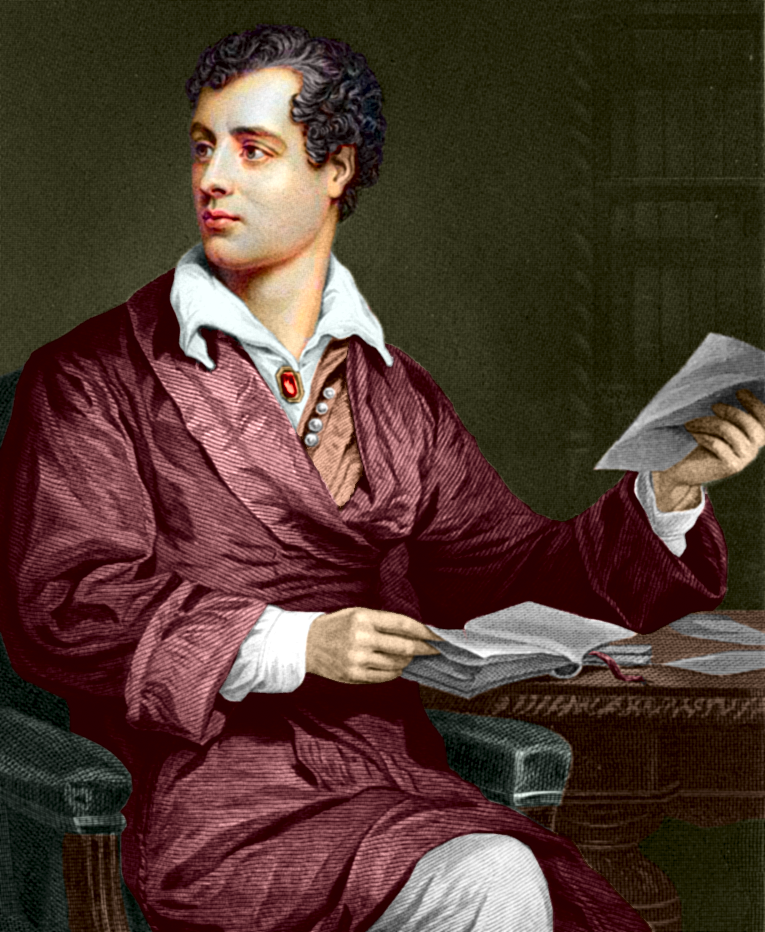
Mary Shelley had a complex relationship with Lord Byron, who was a prominent poet and writer of the Romantic era. Shelley and Byron first met in 1816, when Shelley was 18 and Byron was 27. They were both staying at the Villa Diodati, near Lake Geneva in Switzerland, and they soon became friends. At the time, Shelley was married to the poet Percy Bysshe Shelley and Byron was in a relationship with Claire Clairmont, who was Mary Shelley’s stepsister.
During their time at the Villa Diodati, Shelley, Byron, and their companions, including Percy Shelley, engaged in a ghost story-writing competition, which is said to have inspired Mary Shelley to write her novel, Frankenstein. The group spent their days discussing literature, politics, and science, and their nights exploring the surrounding countryside.
Despite the close friendship between Shelley and Byron, their relationship was not without its difficulties. Byron is said to have made romantic advances towards Shelley, which she rejected, and he later became jealous of her close relationship with Percy Shelley. In addition, their political views were quite different: Byron was a conservative and a supporter of the monarchy while Shelley was a radical and a supporter of republicanism.
After their time at the Villa Diodati, Shelley and Byron went their separate ways, and their relationship became more distant. However, they did correspond occasionally, and Shelley wrote a glowing review of Byron’s poem “Childe Harold’s Pilgrimage” in 1812.
What Did the World Think of Mary Shelley at the Time?
When Frankenstein was first published in 1818, Mary Shelley was only 20 years old and was not yet a well-known writer. The novel was published anonymously, with the author listed as “by the author of ‘Valperga’, one of Shelley’s previous novels. However, the novel was an immediate success and quickly gained critical acclaim.
Many reviewers praised the novel for its originality, imagination, and the depth of its themes. Some also commended Shelley for her ability to handle complex scientific and philosophical ideas. However, some reviewers criticized the novel for its graphic descriptions of violence and for the fact that it was written by a woman.
Despite the initial success of the novel, Shelley’s identity as the author was not widely known, and it was not until the second edition of the novel was published in 1823 that her name appeared on the title page. Even then, her authorship was not widely acknowledged, and it was not until later in the 19th century that Shelley was recognized as a significant literary figure.
Other Stories and Novels by Mary Shelley
- “Valperga” (1823) a novel set in medieval Italy, which explores themes of love, power, and politics.
- “The Last Man” (1826) a novel that is considered to be one of the first examples of post-apocalyptic fiction. It tells the story of a group of friends who are the last survivors of a plague that has wiped out the rest of humanity.
- “Lodore” (1835) a novel that tells the story of a young woman who is forced to marry a wealthy man against her will.
- “Perkin Warbeck” (1830) a historical novel that tells the story of a man who claimed to be Richard, Duke of York, one of the missing “Princes in the Tower”
- “The Fortunes of Perkin Warbeck” (1830) a sequel to “Perkin Warbeck”
- “Rambles in Germany and Italy” (1844) a travelogue that describes her experiences traveling in Europe with her son, Percy Florence Shelley.
- “The Witch of Atlas” (1824) a short story that tells the story of a witch who can control the elements.
- “The Invisible Girl” (1826) a short story that tells the story of a young woman who discovers that she has the ability to become invisible.
- “Maurice, or the Fisher’s Cot” (1820) a short story that tells the story of a young man who falls in love with a woman from a lower class.
- “Transformation” (1831) a short story that tells the story of a man who is turned into a monster by a sorcerer.
Why Has Frankenstein Endured?
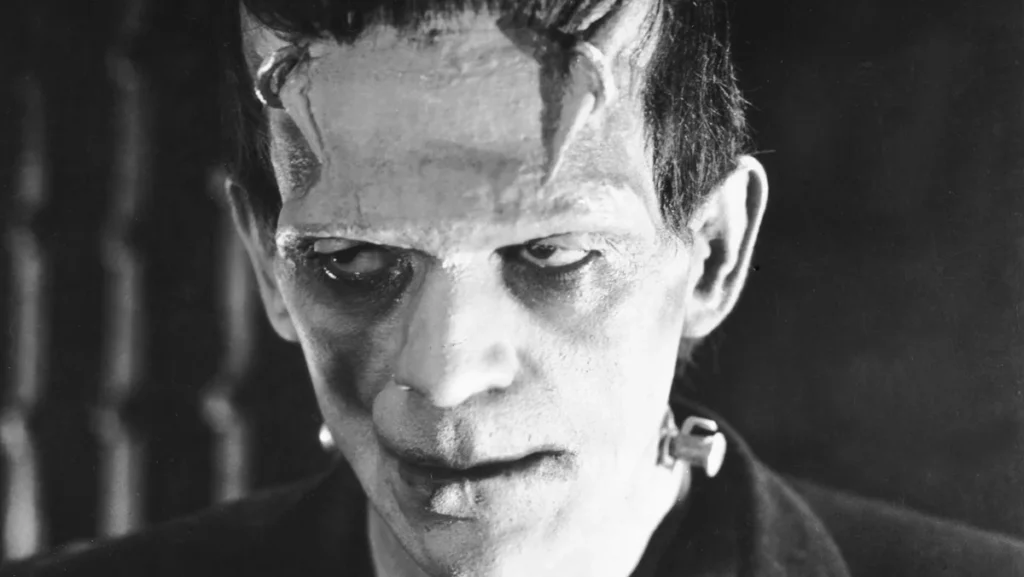
- Themes of science and technology: The novel explores the consequences of playing God and the dangers of unchecked ambition, which are still relevant today. The story of Victor Frankenstein and his creation speaks to the anxieties of the rapid advancements in science and technology in the 19th century, as well as the current day, and continues to resonate with readers.
- The Monster as an archetype: The creature in the novel, often referred to as “the monster,” has become an enduring archetype in literature and popular culture. The story of the creature’s rejection and alienation from society, and his ultimate quest for revenge, continues to resonate with readers.
- The exploration of the “other” and acceptance: The novel explores the theme of the “other” and the rejection of those who are different, which is a common theme in literature and society, and continues to be relevant today. The novel raises questions about the nature of good and evil, and the importance of acceptance and compassion, which are also recurring themes in literature and society.
- The influence on other genres: The novel has had a significant influence on the genres of science fiction, horror, and literature. Many writers have been inspired by Shelley’s novel, and the story of Frankenstein’s monster has been retold, adapted, and reimagined in countless forms, including films, plays, comics, and video games.
- Timelessness: The novel has a timeless appeal, it is still widely read and studied today and its themes continue to resonate with readers of all ages. The story of Frankenstein’s monster has become a cultural icon that continues to be adapted and reimagined in new ways.
Frankenstein Films: A Quick History
Frankenstein was first made into a film in 1910 by the Edison Studios. The film was directed by J. Searle Dawley and starred Augustus Phillips as Dr. Frankenstein and Charles Ogle as the Monster. The film was a silent film and it was based on the stage play adaptation of the novel by Peggy Webling, which was in turn based on the novel itself. The film was relatively short and only ran for about 16 minutes, it was not a commercial success, but it is considered to be an important early adaptation of the novel and it is considered to be one of the first science fiction films.
The first feature-length adaptation of the novel was released in 1913, it was directed by J. Searle Dawley and starred Charles Ogle as the Monster and Augustus Phillips as Dr. Frankenstein. This film was also a silent film and it was more faithful to the original novel than the 1910 version. It was successful in the box office and was widely distributed and re-released for many years.
Frankenstein has been adapted into film many times since then, with different interpretations and variations of the story, and with different actors playing the role of Dr. Frankenstein and the Monster. Some of the most notable adaptations include the 1931 film directed by James Whale and starring Colin Clive as Dr. Frankenstein and Boris Karloff as the Monster, and the 1994 film directed by Kenneth Branagh and starring Robert De Niro as the Monster and Kenneth Branagh as Dr. Frankenstein.
Hammer’s Frankenstein
Hammer Films was a British film production company that was active from the 1950s to the 1970s. The company is best known for its series of gothic horror films, many of which were based on classic horror literature such as Frankenstein, Dracula, and The Mummy.
Hammer’s first Frankenstein film, “The Curse of Frankenstein,” was released in 1957 and starred Peter Cushing as Dr. Frankenstein and Christopher Lee as the Monster. This film was a significant departure from previous adaptations of the novel in terms of its visual style and tone. The film was shot in color, and it featured graphic violence and explicit imagery, which had not been seen before in a Frankenstein film. The film was a commercial success and was followed by several sequels, including “The Revenge of Frankenstein” (1958), “The Evil of Frankenstein” (1964), and “Frankenstein Created Woman” (1967).
The Hammer Frankenstein films were notable for their gothic and atmospheric style, which was in contrast to the Universal Pictures’ black and white horror films from the 1930s and 1940s. The Hammer Frankenstein films also featured strong performances from Peter Cushing and Christopher Lee, who became synonymous with the characters of Dr. Frankenstein and the Monster, respectively.
Hammer’s version of Frankenstein also helped to revive interest in the novel and in the character of the Monster. The success of the Hammer Frankenstein films led to a renewed interest in the novel and the character, and the films have been credited with helping to establish the Monster as a cultural icon.
Mary Shelly’s Death
Mary Shelley died on February 1, 1851, at the age of just 53. She died of a brain tumor at her home in London, England. At the time of her death, she had been suffering from poor health for several years.
During her lifetime, Shelley was not widely recognized as a significant literary figure. Her novel Frankenstein was initially published anonymously, and it was not until the second edition of the novel was published in 1823 that her name appeared on the title page. Even then, her authorship was not widely acknowledged, and it was not until later in the 19th century that Shelley was recognized as a significant literary figure.
Although her novels were not as successful as her husband Percy Bysshe Shelley’s poetry and other contemporaries, she was well respected by some of the literary figures of the time. She was friends with literary figures such as Lord Byron and Samuel Taylor Coleridge, and her work was praised by some critics. However, her work was not as widely read or appreciated as it is today.
Some Frankenstein Filmography
- Frankenstein (1931) directed by James Whale and starring Colin Clive as Dr. Frankenstein and Boris Karloff as the Monster. This film was a commercial and critical success and is widely considered to be one of the greatest horror films of all time. It was a significant departure from previous adaptations of the novel in terms of its visual style and tone.
- Bride of Frankenstein (1935) also directed by James Whale and starring Colin Clive as Dr. Frankenstein and Boris Karloff as the Monster. A sequel to the 1931 film, it was also a commercial and critical success and is widely considered to be one of the greatest horror films of all time.
- Young Frankenstein (1974) directed by Mel Brooks and starring Gene Wilder as Dr. Frankenstein and Peter Boyle as the Monster. This film is a comedic parody of the novel and the 1931 film. It was a commercial and critical success and is widely considered to be one of the greatest comedy films of all time.
- Frankenstein (1994) directed by Kenneth Branagh and starring Robert De Niro as the Monster and Kenneth Branagh as Dr. Frankenstein. This film was a commercial success and received positive reviews for its performances, particularly De Niro’s portrayal of the monster, and its faithful adaptation of the novel.
- I, Frankenstein (2014) directed by Stuart Beattie and starring Aaron Eckhart as Adam, the creature from Frankenstein, and Bill Nighy as the leader of the Gargoyles. This film was a commercial success and received mixed reviews for its action-packed and fast-paced story.
Actors Who Have Played Frankenstein and His Monster
- Colin Clive – He played the role of Dr. Henry Frankenstein in the 1931 film Frankenstein and its 1935 sequel Bride of Frankenstein. He was a British actor, who appeared in over 30 films, known for his roles in both horror and non-horror films. He is best known for his portrayal of Dr. Frankenstein, which is considered one of the greatest performances in horror film history.
- Boris Karloff – He played the role of the Monster in the 1931 film Frankenstein and its 1935 sequel Bride of Frankenstein. He was a British actor, who appeared in over 200 films, known for his roles in both horror and non-horror films. He is best known for his portrayal of the Monster, which is considered one of the greatest performances in horror film history.
- Gene Wilder – He played the role of Dr. Frederick Frankenstein in the 1974 film Young Frankenstein. He was an American actor, comedian, screenwriter, and film director, who appeared in over 50 films. He is best known for his comedic roles in films such as Willy Wonka & the Chocolate Factory, Blazing Saddles and The Producers.
- Robert De Niro – He played the role of the Monster in the 1994 film Frankenstein. He is an American actor, producer, and director, who has appeared in over 100 films. He is widely considered one of the greatest actors of his generation, and has won numerous awards, including two Academy Awards for his roles in The Godfather Part II and Raging Bull.
- Aaron Eckhart – He played the role of Adam, the creature from Frankenstein in the 2014 film I, Frankenstein. He is an American actor, who has appeared in over 50 films. He is best known for his roles in films such as The Dark Knight, In the Company of Men, and Thank You for Smoking.
Frankenstein and Penny Dreadful
In the TV series Penny Dreadful, the character of Dr. Victor Frankenstein is portrayed as a brilliant and ambitious young scientist who is driven by a desire to understand the mysteries of life and death. He is a complex and deeply flawed character, haunted by the consequences of his actions.
In the series, Frankenstein is initially portrayed as a man of science and reason, who is focused on the pursuit of knowledge and the desire to create life. However, as the series progresses, it is revealed that he is also deeply troubled by the guilt he feels over the creature he created. He becomes obsessed with the idea of creating a female companion for the creature, and he becomes increasingly desperate as he realizes that he cannot achieve his goal.
Frankenstein is also portrayed as a man who is deeply in love with his childhood friend, Vanessa Ives. He is deeply conflicted by his feelings for her, and he is unable to express them, due to his guilt over the creature.
Frankenstein struggles to come to terms with the consequences of his actions and the guilt he feels over the creature. He is ultimately consumed by his obsession and driven to madness by his inability to control the creature he has created.
Ten Interesting Facts About Mary Shelley
- Mary Shelley was born Mary Wollstonecraft Godwin in London, England on August 30, 1797. She was the second child of Mary Wollstonecraft, a feminist writer, and William Godwin, a political philosopher.
- Mary Shelley’s mother, Mary Wollstonecraft, died 11 days after giving birth to her. This event had a profound impact on her life and influenced her writing.
- At the age of 16, Mary Shelley eloped with the poet Percy Bysshe Shelley, who was already married. They were married in 1816, after Percy’s wife committed suicide.
- Mary Shelley’s novel Frankenstein: or, The Modern Prometheus was written when she was just 18 years old. The novel was published anonymously in 1818.
- Frankenstein was written during a summer spent with her husband Percy Bysshe Shelley, Lord Byron, and John Polidori at the Villa Diodati by Lake Geneva in Switzerland. The group challenged each other to write a ghost story, which led to the creation of Frankenstein and Polidori’s “The Vampyre”
- Mary Shelley’s husband Percy Bysshe Shelley drowned in a sailing accident in 1822, leaving her a widow at the age of 24.
- Mary Shelley’s son, Percy Florence Shelley, was the only one of her four children to survive to adulthood.
- Mary Shelley’s father, William Godwin, was a prominent political philosopher and writer, who had a significant influence on her intellectual development.
- Mary Shelley was friends with some of the most prominent literary figures of her time, including Lord Byron, Samuel Taylor Coleridge, and Leigh Hunt.
- Despite her success as a writer, Mary Shelley struggled financially throughout her life, and she was forced to rely on the generosity of friends and family to support her.
Summary
Mary Shelley is considered an important figure for horror and science fiction writers because of her novel Frankenstein, which is widely regarded as one of the first examples of science fiction in literature. The novel explores themes of science, technology, and the consequences of playing God, and its impact on the genre is still felt today. The story of Frankenstein’s monster, who is created through science and rejected by society, has become an enduring archetype in science fiction and horror.
Additionally, Shelley’s life and experience, and her unique position as a woman writing in a time where women authors were not as well known or respected as their male counterparts, have added to her importance in the genres of horror and science fiction.
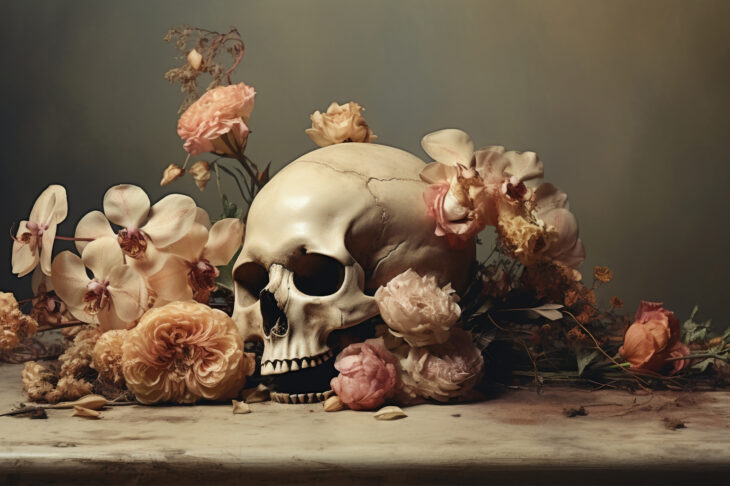
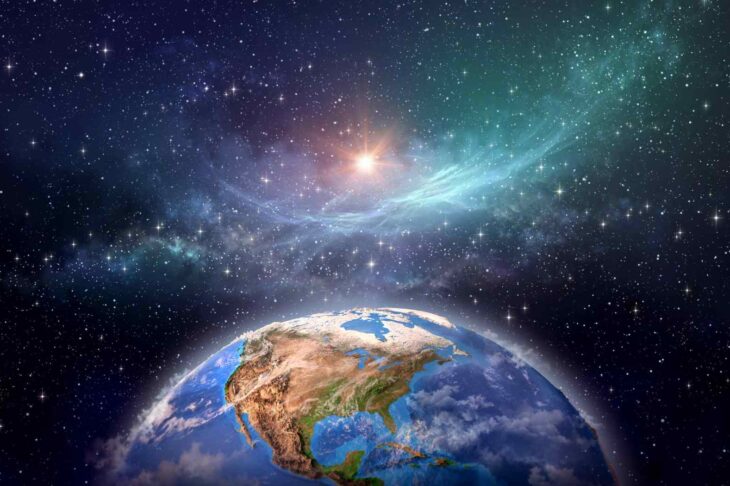
2 thoughts on “Mary Shelley: Her Life and Impact on Modern Horror”